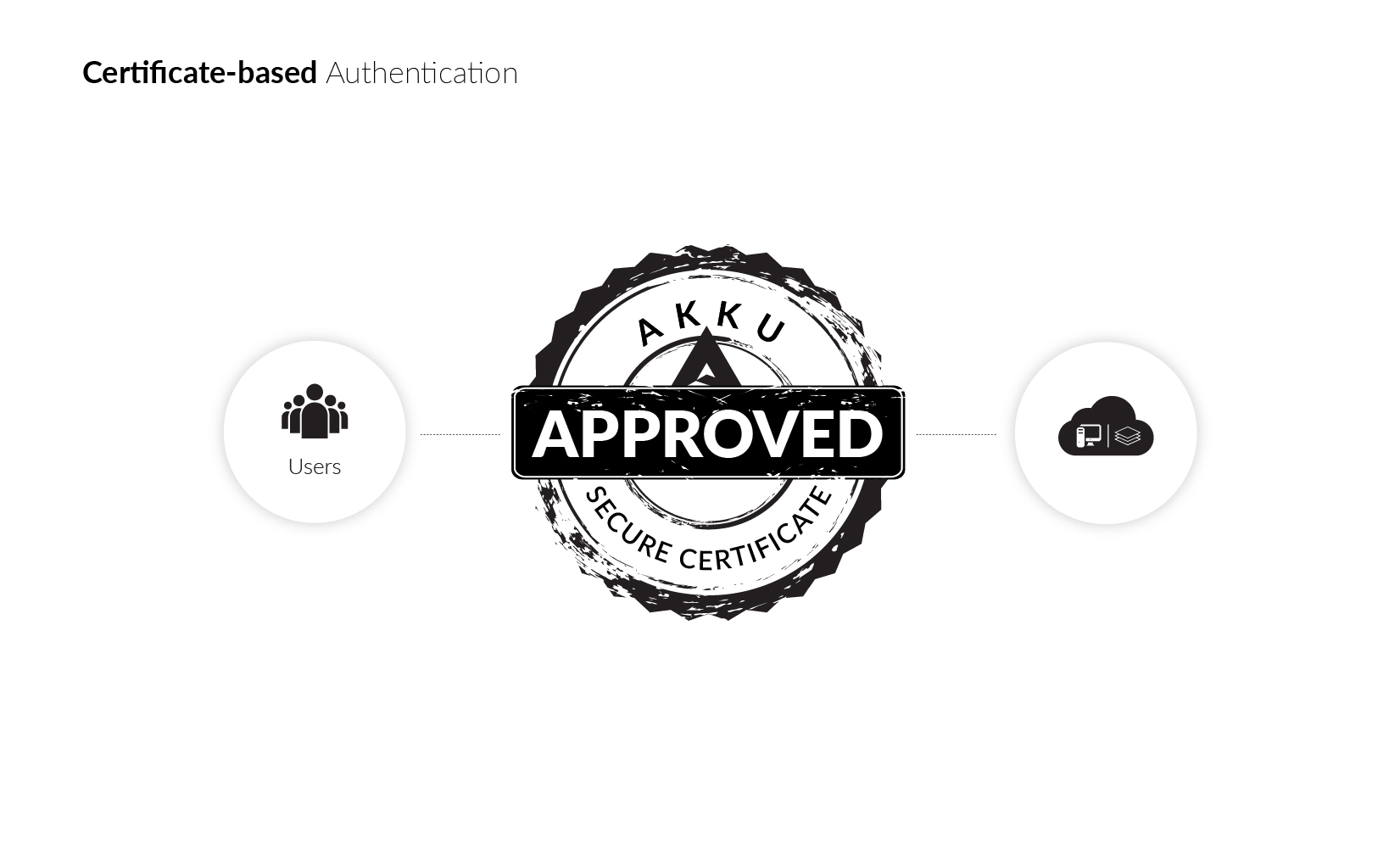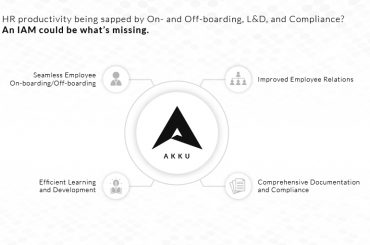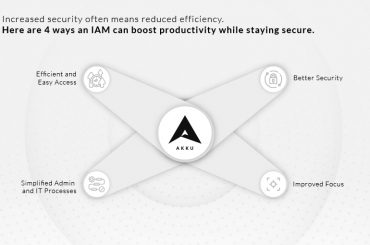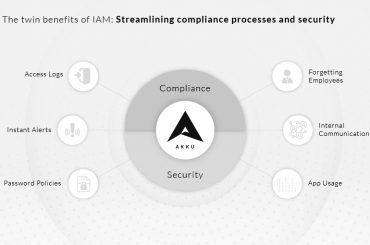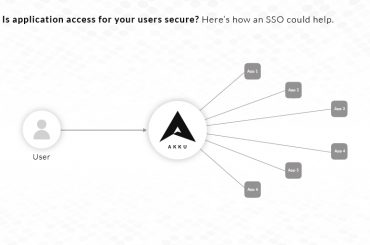Security and privacy of user data are crucial for any organization and is also a major area of risk. So a Secure and Efficient Authentication (SEA) is very important.
How do you make authentication secure and efficient? Let me share some insights on how this can be achieved through certificate-based authentication…
In general, a certificate is a means of creating evidence. In the domain of identity and access management, a certificate creates evidence in the form of a digital signature to verify the identity of an individual, a company, or other entity, and associates that identity with a public key.
Like a driver’s license or passport, a certificate provides a generally recognized proof of a person’s identity. Certificates have one main purpose: to establish trust.
Authentication is the process that verifies that a user is who they say they are. So a certificate makes authentication more efficient because the identity cannot be changed.
By enabling the certificate-based authentication, it is possible to reliably evaluate the user’s right to access the requested resource.
How does it work?
- First, the user enters their private password.
- The client receives the private key, and creates an evidence – in this case, in the form of a certificate or digital signature.
- Now, the client sends the evidence through a secured connection across the network.
- The server uses the evidence to authenticate the user identity.
- Finally, the server authorizes the evidence and allows access.
This brings us to the question of how to implement a certificate-based authentication in your organization.
Akku by CloudNow is a powerful and secure identity and access management solution that uses certificate-based authentication to control user identity and secure access to your environment. Learn more at www.akku.work

